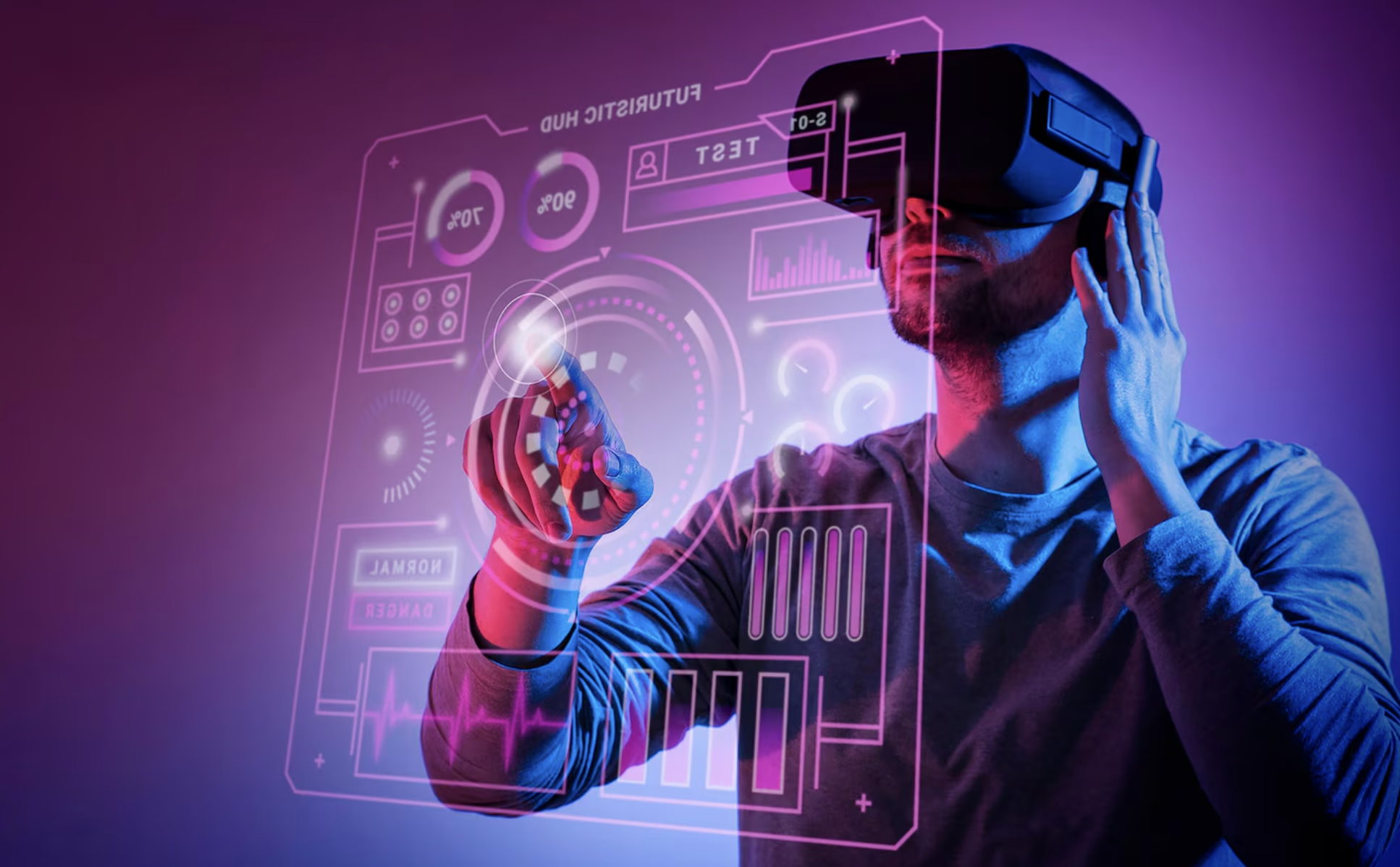
Technological advances offer a myriad of benefits for individuals and industries that can adapt their elements to meet specific needs. One of the most exciting developments is virtual reality (VR), defined as an environment of images or virtual scenarios that provides an immersive experience. Users can visualize these environments through special lenses, creating the sensation of being in a real setting and interacting with virtual elements without any physical presence.

While VR is often associated with entertainment, its applications extend far beyond fun and games. Various industries have successfully integrated virtual reality for educational purposes. For instance:
- Aviation: VR is used for flight simulations, allowing pilots to train in a risk-free environment.
- Healthcare: Medical professionals can perform and visualize operations in a virtual setting, enhancing their skills and preparedness.
- Real Estate: Developers are investing in virtual simulators that showcase apartments with precise details, enabling potential clients to take 360-degree virtual tours. This technology serves as a valuable tool in the decision-making process for buyers.
Many companies are now implementing virtual reality in their processes as an educational tool. These software solutions are designed to be scalable, accommodating the evolving needs of the organization. To access these virtual environments, users will require specialized lenses to fully engage with the experience.

According to studies by ABI Research, total sales of VR devices are projected to reach 110 million by 2021. With increasing user acceptance of processes conducted on these devices, companies have the opportunity to develop tailored tools that highlight their offerings to customers. Through 3D images and virtual experiences, businesses can effectively communicate the benefits of their services, enhancing customer understanding and engagement.

